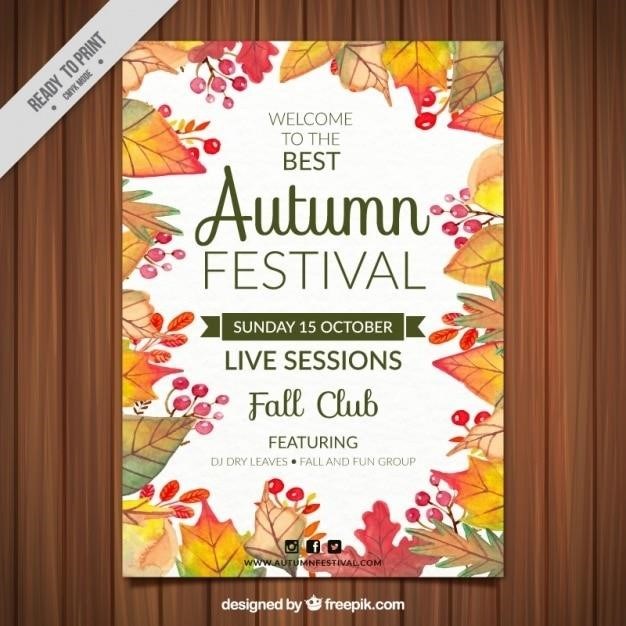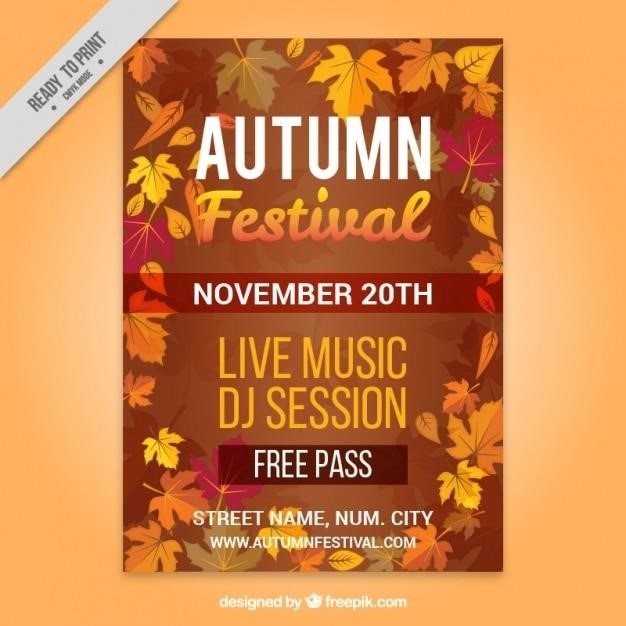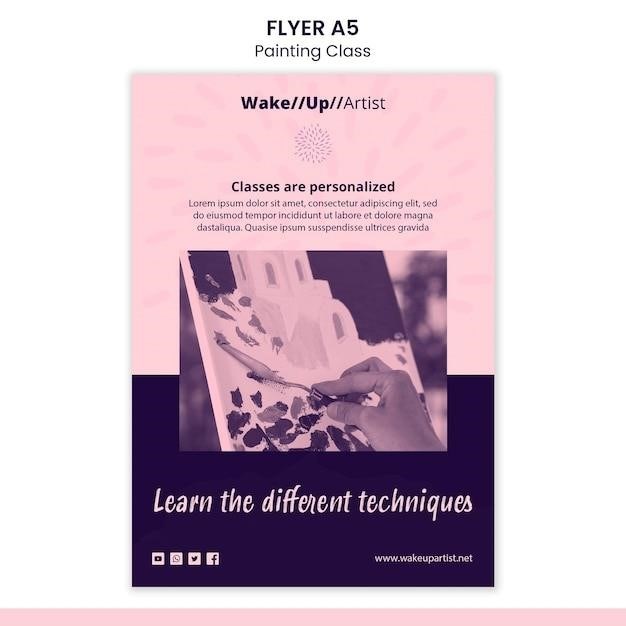The Book of Wisdom⁚ A Comprehensive Guide
The Book of Wisdom, also known as the Wisdom of Solomon, is a deutero-canonical book of the Bible. It is written in Greek and is attributed to King Solomon. It is a book of wisdom literature that explores the nature of wisdom, its importance in life, and the consequences of both wisdom and folly.
Introduction
The Book of Wisdom, also known as the Wisdom of Solomon, stands as a captivating testament to the enduring power of wisdom in navigating the complexities of life. This remarkable text, attributed to King Solomon, delves into the profound significance of wisdom, its role in shaping human destiny, and the stark consequences of both embracing and rejecting its guidance. With a lyrical prose and a profound understanding of human nature, the Book of Wisdom offers timeless insights that continue to resonate with readers across centuries.
Composed in Greek during the first century BCE, the book’s authorship has been a subject of debate among scholars. While traditionally attributed to Solomon, the prevailing view suggests that it was penned by an anonymous Jewish author who sought to capture the wisdom of Solomon’s reign. The book’s unique blend of philosophical reflection, historical narrative, and theological insights has earned it a place among the deuterocanonical scriptures, recognized by the Catholic and Orthodox churches but not by Protestant denominations.
The Book of Wisdom is a treasure trove of wisdom literature, offering a rich tapestry of themes that explore the nature of God, the human condition, and the pursuit of a virtuous life. From its poignant pronouncements on the nature of wisdom itself to its insightful observations on the role of justice and righteousness in society, the book provides a compelling framework for understanding the complexities of human existence and the enduring pursuit of wisdom.
Historical Context and Authorship
The Book of Wisdom, while attributed to King Solomon, was likely written by an anonymous Jewish author sometime during the first century BCE. This period was marked by significant cultural and religious shifts, particularly within the Jewish community in Alexandria, Egypt. The city was a hub of Hellenistic thought, and the book reflects this influence through its use of Greek philosophical concepts and its engagement with the broader philosophical debates of the time. The book’s setting is Jerusalem, where a Jewish community grappling with the challenges of living under Roman rule seeks solace and guidance.
The book’s authorship remains a subject of scholarly debate. While traditionally attributed to Solomon, the anonymous author likely sought to capture the wisdom and authority of Solomon’s reign, using his name to lend weight to the book’s teachings. This practice of using biblical figures as literary devices was common in Jewish literature of the time. The book’s content and style also suggest that it was written by an individual familiar with both Jewish tradition and Greek philosophy, highlighting the complex cultural landscape of the first century BCE.
The historical context of the Book of Wisdom shapes its themes and arguments. The author grapples with the challenges of living in a world where evil often seems to triumph and where the just suffer. This tension between divine justice and the reality of human suffering becomes a central theme in the book, prompting the author to explore the nature of wisdom, its role in navigating life’s difficulties, and the ultimate triumph of God’s justice.
Theological Significance
The Book of Wisdom holds significant theological importance within the Christian tradition, particularly for its exploration of the relationship between God and humanity. It presents a rich understanding of God’s wisdom as a guiding force in the universe, shaping creation and guiding human destiny. This wisdom is not merely a theoretical concept but a personified entity, a divine attribute that actively interacts with the world. The book emphasizes God’s providential care for humanity, even in the face of suffering and injustice. It highlights the importance of seeking wisdom as a path to understanding God’s will and navigating life’s challenges.
Furthermore, the book offers a nuanced view of human nature, acknowledging both the potential for goodness and the reality of sin. It contrasts the wise, who choose righteousness and seek divine guidance, with the foolish, who succumb to temptation and embrace a life of vice. This exploration of human choice and its consequences reflects the book’s strong ethical dimension, emphasizing the importance of living a life aligned with divine wisdom. The book’s portrayal of wisdom as a feminine figure, a powerful and benevolent force, has also been interpreted within Christian theology as a prefigurement of the divine wisdom embodied in Christ.
The Book of Wisdom’s theological significance lies in its profound exploration of God’s nature, human nature, and the relationship between the two. It offers a compelling vision of a loving and providential God who offers wisdom and guidance to those who seek it, while simultaneously challenging individuals to choose a path of righteousness and to embrace the transformative power of divine wisdom.
Content and Structure
The Book of Wisdom, a profound work of wisdom literature, presents a complex tapestry of themes and ideas organized into a distinct structure. The book can be broadly divided into three main sections, each exploring a specific aspect of wisdom and its implications. The first section (chapters 1-6) addresses the rulers of the earth, urging them to seek wisdom and embrace righteousness. It contrasts the folly of those who reject wisdom with the benefits of living a life guided by its principles; This section emphasizes the importance of justice, humility, and the pursuit of knowledge as essential elements of a wise and virtuous life.
The second section (chapters 7-9) focuses on the personification of wisdom, highlighting its divine origins and its role in creation. It presents a powerful and eloquent praise of wisdom, describing it as a divine force that permeates all of creation. The author, likely a Jewish scholar writing during the Hellenistic period, utilizes philosophical language and imagery to elevate wisdom to a position of great importance. The book’s central argument emphasizes the interconnectedness of wisdom, creation, and divine providence.
The final section (chapters 10-19) recounts Israel’s history, emphasizing the role of wisdom in the nation’s triumphs and failures. It explores the consequences of both wisdom and folly in the lives of individuals and nations. The book’s historical narrative serves as a practical illustration of the principles of wisdom and its impact on human affairs. The Book of Wisdom’s structure, with its distinct sections and thematic progression, guides the reader through a comprehensive exploration of wisdom’s nature, its impact on human life, and its ultimate source in the divine realm.
Key Themes
The Book of Wisdom, a profound exploration of wisdom’s nature and its role in human life, weaves together a tapestry of interconnected themes. One of the central themes is the importance of seeking wisdom and living a life guided by its principles. The book emphasizes the benefits of embracing wisdom, highlighting its ability to guide individuals towards righteousness, justice, and a deeper understanding of God’s will. This theme is particularly evident in the book’s opening address to the rulers of the earth, urging them to seek wisdom as a foundation for just and compassionate governance.
Another key theme is the relationship between wisdom and creation. The book presents wisdom as a divine force that permeates all of creation, shaping and guiding the universe. This theme is explored through the personification of wisdom, a powerful and eloquent portrayal that highlights its divine origins and its role in the ordering of the cosmos. The Book of Wisdom emphasizes the interconnectedness of wisdom, creation, and divine providence, suggesting that wisdom is not merely a human construct but an integral aspect of God’s plan for the world.
The book also explores the consequences of both wisdom and folly in the lives of individuals and nations. The book highlights the dangers of rejecting wisdom, emphasizing the destructive power of sin and the consequences of living a life devoid of divine guidance. The book’s historical narratives, recounting the rise and fall of empires, serve as powerful reminders of the importance of wisdom in shaping human destiny. The Book of Wisdom’s exploration of these key themes offers profound insights into the nature of wisdom, its role in human life, and its ultimate source in the divine realm.
Wisdom as a Personified Concept
The Book of Wisdom stands out for its unique personification of wisdom, a concept that elevates wisdom from an abstract principle to a powerful, divine force. This personification is evident throughout the book, particularly in chapters 7-9, where wisdom is depicted as a woman of extraordinary beauty, intelligence, and divine power. This personified wisdom is described as a “pure spirit” that emanates from God, possessing divine attributes like eternal life, omnipresence, and an intimate understanding of God’s will.
The personified wisdom is portrayed as a source of knowledge, understanding, and righteousness, guiding individuals and nations towards a life of virtue and prosperity. The book paints a vivid picture of wisdom as a divine force that shapes creation, guides human history, and offers guidance to those who seek it. This personification serves as a powerful metaphor, highlighting wisdom’s divine origins, its ability to shape human destiny, and its role in bringing about order and harmony in the world.
The personified wisdom is not merely a human construct but a divine force that transcends human limitations. Through this personification, the book emphasizes the profound connection between wisdom and the divine, underscoring the importance of seeking wisdom as a path to understanding God’s will and living a life aligned with His purpose. The personification of wisdom in the Book of Wisdom adds a unique dimension to the book’s message, emphasizing the divine nature of wisdom and its transformative power in human life.
Creation and Divine Providence
The Book of Wisdom presents a profound reflection on the nature of creation and the role of divine providence in shaping the world and human history; The book’s portrayal of creation is not merely a descriptive account but a theological statement about God’s wisdom and power. It highlights God’s masterful design and the inherent order and beauty found in the universe. The book emphasizes that God created the world through wisdom, not through chance or random forces.

The author weaves a compelling narrative of divine providence, showcasing how God’s wisdom governs the unfolding of events and guides human destiny. The book delves into the intricate workings of divine providence, demonstrating how God’s plan encompasses both the triumphs and tragedies of human history. This includes examples of God’s intervention in the lives of individuals and nations, highlighting His faithfulness to those who seek His guidance and His judgment upon those who reject His wisdom.
The Book of Wisdom’s portrayal of creation and divine providence offers a comforting message of hope and assurance. It underscores the belief that God is not indifferent to the world but actively involved in shaping it according to His wise and benevolent plan. This understanding of divine providence serves as a source of strength and guidance for those who seek to navigate the complexities of life and understand the purpose behind the events they encounter.
The Role of Wisdom in Israelite History
The Book of Wisdom delves into the significance of wisdom in shaping the history of the Israelites, highlighting how wisdom was a guiding force in their journey from slavery to freedom and from exile to restoration. The author presents a compelling narrative that underscores the importance of divine wisdom in safeguarding the Israelites from their enemies and guiding them towards prosperity.
The book emphasizes the role of wisdom in securing victory over oppressive forces, showcasing how God’s wisdom empowered the Israelites to triumph over their adversaries, exemplified in their exodus from Egypt and their resistance against Pharaoh’s pursuit. The author highlights the importance of wisdom in navigating challenging times, demonstrating how wise leadership and obedience to God’s commands helped the Israelites overcome hardship and establish a prosperous nation.
The Book of Wisdom’s portrayal of wisdom as a central element in Israelite history underscores the belief that God’s wisdom is not merely a theoretical concept but a tangible force that shapes the destinies of nations. It serves as a reminder that seeking and applying God’s wisdom is essential for navigating the challenges of life, ensuring success, and achieving lasting prosperity.
The Book of Wisdom in Different Christian Traditions
The Book of Wisdom, while not part of the Protestant canon, holds a significant place within Catholic and Orthodox Christian traditions. This book, often referred to as “deutero-canonical,” finds acceptance within these branches of Christianity, contributing to their understanding of Scripture and theological insights. While Protestants may not view it as directly inspired by God, Catholics and Orthodox Christians embrace its wisdom and teachings as valuable additions to their understanding of God’s word.
Within the Catholic Church, the Book of Wisdom finds its place alongside other books of the Apocrypha, a collection of writings considered sacred but not part of the Hebrew Bible. These books, including Wisdom, are studied and referenced in Catholic liturgy and theological discussions, adding depth and richness to the understanding of God’s word. Similarly, Orthodox Christians also accept the Book of Wisdom as part of their sacred texts, incorporating its teachings into their theological framework and devotional practices.
The Book of Wisdom, with its emphasis on the importance of wisdom, divine justice, and the role of God’s providence in human affairs, resonates deeply with Catholic and Orthodox theological principles. It provides a rich source of reflection and inspiration for believers, enhancing their understanding of God’s character, His relationship with humanity, and the importance of seeking wisdom in all aspects of life.
The Book of Wisdom and the Apocrypha
The Book of Wisdom finds its home within the Apocrypha, a collection of writings that, while considered sacred by some Christian denominations, are not included in the Hebrew Bible or the Protestant canon. These books, often referred to as “deutero-canonical,” offer additional insights into Jewish history, tradition, and theology, enriching the understanding of the Bible for those who accept them.
The Apocrypha arose from a variety of historical and cultural contexts, reflecting the development of Jewish and Christian thought during the Hellenistic period. While the Hebrew Bible was established as the authoritative text for Judaism, the Apocrypha emerged as a separate body of writings that provided further religious and philosophical reflections.
The Book of Wisdom, written in Greek, stands as a testament to the complex and evolving nature of religious thought. While some denominations may not consider it directly inspired by God, the Apocrypha, including the Book of Wisdom, offers valuable historical and theological context, enriching the understanding of the Bible and its diverse interpretations.


















